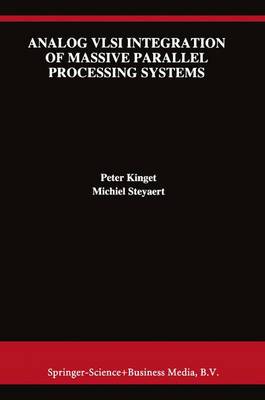When comparing conventional computing architectures to the architectures of biological neural systems, we find several striking differences. Conventional computers use a low number of high performance computing elements that are programmed with algorithms to perform tasks in a time sequenced way; they are very successful in administrative applications, in scientific simulations, and in certain signal processing applications. However, the biological systems still significantly outperform conventional computers in perception tasks, sensory data processing and motory control. Biological systems use a completely dif ferent computing paradigm: a massive network of simple processors that are (adaptively) interconnected and operate in parallel. Exactly this massively parallel processing seems the key aspect to their success. On the other hand the development of VLSI technologies provide us with technological means to implement very complicated systems on a silicon die. Especially analog VLSI circuits in standard digital technologies open the way for the implement at ion of massively parallel analog signal processing systems for sensory signal processing applications and for perception tasks. In chapter 1 the motivations behind the emergence of the analog VLSI of massively parallel systems is discussed in detail together with the capabilities and !imitations of VLSI technologies and the required research and developments. Analog parallel signal processing drives for the development of very com pact, high speed and low power circuits. An important technologicallimitation in the reduction of the size of circuits and the improvement of the speed and power consumption performance is the device inaccuracies or device mismatch.
- ISBN13 9780792398233
- Publish Date 30 November 1996
- Publish Status Active
- Publish Country NL
- Imprint Springer
- Edition 1997 ed.
- Format Hardcover
- Pages 228
- Language English
